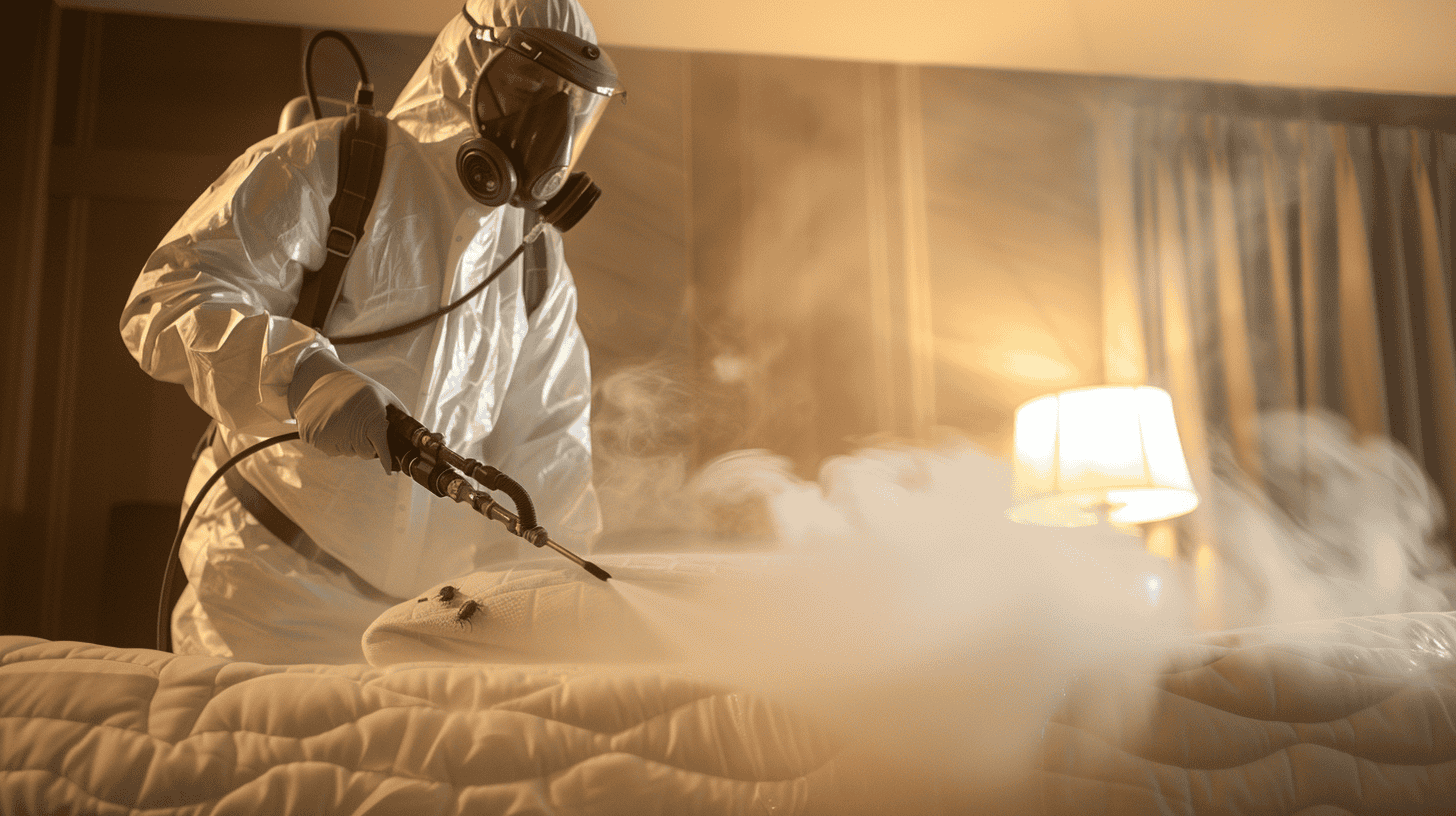Centipedes are common household pests that can cause discomfort and concern for homeowners in Connecticut. While they are generally harmless to humans, their presence can be unsettling. This comprehensive guide covers all aspects of centipede control in Connecticut, including identification, prevention, and treatment methods tailored to Connecticut’s unique climate and environment. Additionally, we’ll explore broader prevention strategies to maintain a pest-free and secure home.
Understanding Centipedes
- What Are Centipedes?
Centipedes are elongated, multi-legged arthropods belonging to the class Chilopoda. Despite their name, which means “hundred feet,” centipedes can have anywhere from 15 to 177 pairs of legs, depending on the species. - Common Centipede Species in Connecticut:
- House Centipede (Scutigera coleoptrata): The most common species found indoors, recognizable by its long legs and fast movements.
- Soil Centipedes: Found in gardens and damp outdoor areas, less likely to enter homes.
- Are Centipedes Dangerous?
Centipedes are generally not dangerous to humans. They possess venom to immobilize their prey (usually insects), but their bites rarely cause more than minor irritation in humans. However, their presence can indicate underlying pest problems, as they feed on other insects.
Why Are Centipedes Common in Connecticut?
- Climate and Environment:
Connecticut’s humid climate, with its cold winters and warm, moist summers, provides an ideal environment for centipedes. They thrive in damp, dark places like basements, bathrooms, and crawl spaces. - Natural Habitat:
Centipedes are commonly found in leaf litter, under rocks, and in soil. When outdoor conditions become too cold or dry, they seek refuge indoors. - Other Pest Presence:
A centipede infestation often signals the presence of other pests, such as ants, cockroaches, or spiders, which serve as their primary food source.
Signs of a Centipede Infestation
- Frequent Sightings: Seeing centipedes, especially during the day, can indicate an infestation.
- Presence in Damp Areas: Finding centipedes in bathrooms, basements, or kitchens.
- Other Insect Infestations: Increased centipede activity often correlates with other insect populations.
Preventing Centipede Infestations
- Reduce Moisture:
- Use dehumidifiers in damp areas like basements.
- Fix leaky pipes and faucets.
- Ensure proper ventilation in bathrooms and kitchens.
- Seal Entry Points:
- Close gaps around doors, windows, and utility pipes.
- Repair cracks in foundations and walls.
- Remove Clutter:
- Keep storage areas tidy to eliminate hiding spots.
- Regularly clean behind furniture and appliances.
- Manage Outdoor Environment:
- Keep leaf litter and mulch away from the house foundation.
- Trim back vegetation to reduce moisture near the home.
For more detailed strategies on preventing centipede infestations, refer to our guide on centipedes control in Connecticut.
Broader Home Prevention Strategies
While centipedes control in Connecticut is essential, maintaining an overall pest-free and secure home requires a holistic approach. Here are comprehensive prevention strategies for homeowners in Connecticut:
- General Pest Prevention:
- Inspect Regularly: Conduct routine inspections for signs of pests, including droppings, damage, or nests.
- Proper Waste Management: Keep garbage sealed and dispose of it regularly to avoid attracting pests.
- Food Storage: Store food in airtight containers and clean up spills immediately.
- Home Maintenance:
- Roof and Gutter Care: Clean gutters regularly to prevent water buildup, which attracts pests.
- Foundation Checks: Inspect and repair cracks or gaps in the foundation, walls, and roof.
- Window and Door Seals: Ensure weatherstripping is intact around windows and doors to block entry points.
- Landscaping and Outdoor Maintenance:
- Yard Care: Mow lawns regularly and keep shrubs trimmed to reduce hiding spots for pests.
- Proper Drainage: Ensure your yard slopes away from your home to prevent water pooling near the foundation.
- Firewood Storage: Store firewood at least 20 feet from the home and off the ground to prevent pests from migrating indoors.
- Moisture Control:
- Basement Waterproofing: Consider waterproofing basements and crawl spaces to reduce dampness.
- Proper Ventilation: Use exhaust fans in bathrooms and kitchens to control humidity levels.
- Sump Pumps: Install and maintain sump pumps in basements to prevent water accumulation.
- Security Measures:
- Lighting: Use outdoor lighting strategically to deter nocturnal pests without attracting them.
- Surveillance: Consider installing security cameras to monitor for larger pests like raccoons or squirrels.
- Pet Safety: Regularly check pets for fleas and ticks and keep pet food stored securely.
How to Get Rid of Centipedes in Connecticut
- Natural Remedies:
- Essential Oils: Peppermint and tea tree oils act as natural repellents.
- Diatomaceous Earth: A non-toxic powder that dehydrates and kills centipedes.
- Sticky Traps: Useful for monitoring and reducing centipede populations.
- Chemical Treatments:
- Insecticides: Use perimeter sprays and indoor treatments labeled for centipedes. Always follow manufacturer instructions.
- Professional Pest Control: For persistent infestations, consult licensed pest control professionals familiar with centipedes control in Connecticut.
When to Call a Professional
Consider professional help if:
- Centipede sightings are frequent despite preventive measures.
- There are signs of other pest infestations.
- DIY methods have not successfully reduced the population.
Maintaining a Centipede-Free and Secure Home
- Regularly inspect and maintain your home’s exterior and interior for moisture issues.
- Keep your home clean and free of potential food sources for centipedes and other pests.
- Schedule routine pest inspections, especially if you live in an area prone to moisture.
- Implement comprehensive home maintenance practices to deter both pests and structural issues.
For more expert advice, consult our detailed guide on centipedes control in Connecticut.
Conclusion
Centipedes in Connecticut are more of a nuisance than a threat, but their presence can indicate other underlying pest problems. By understanding their behavior and habitat preferences, homeowners can take proactive steps to prevent and control infestations. For persistent issues, professional pest control services can provide tailored solutions to keep your home centipede-free.
By combining moisture control, proper sealing, and targeted treatments, you can effectively manage centipedes and maintain a comfortable, pest-free home in Connecticut. Additionally, adopting broader prevention strategies ensures your home remains secure, healthy, and inviting year-round. For more information, check out our comprehensive guide on centipede control in Connecticut.





